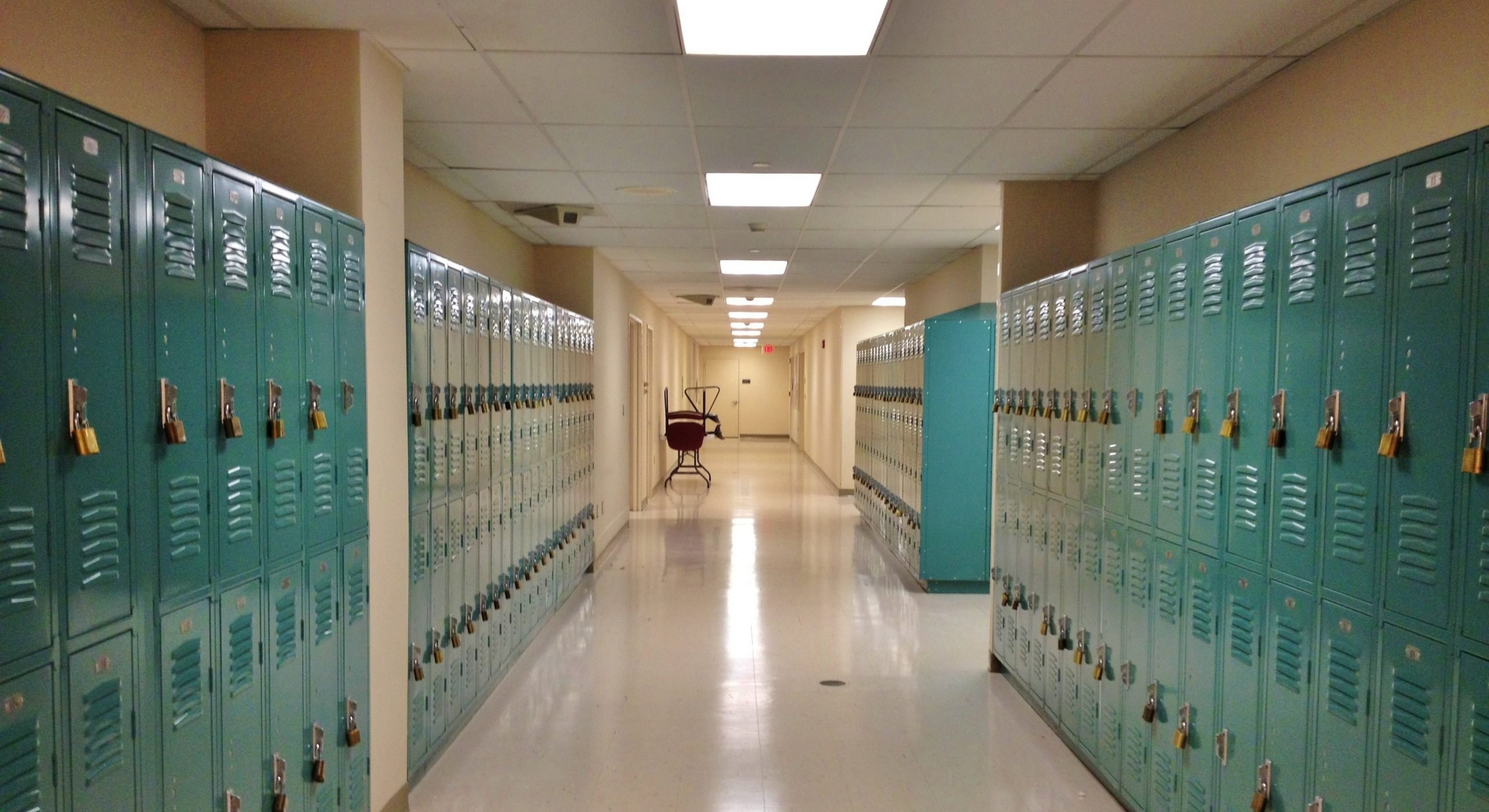
When COVID-19 restrictions ease, students and educators must adapt and prepare for a return to schools. School staff will need to support students in the transition back to the classroom, and at the same time manage their own transition and anxiety.
This article provides suggestions for school staff on how to support this transition, particularly for anxious students. While the focus is on preparing for school reopenings, these tips can also help educators prepare for transitions back to a virtual classroom.
1. Validate, support, and listen to students
The recent events will likely have had substantial impacts on students’ mental health. They may be experiencing a host of emotions in regard to the announcement of new changes, including anxiety, disappointment, and anger.
As educators, it is important to listen to students’ concerns and, even if the emotions are extreme, express understanding and empathy. Letting families know you understand and appreciate their perspective will help open up a dialogue for problem solving.
2. Be honest and encouraging, rather than reassuring
Anxious students will likely need some initial assurance from trusted adults and teachers that returning to school is okay.
However, blanket reassurance statements (e.g., everything will be fine; there is nothing to be worried about) can be invalidating and can create doubt and uncertainty that may drive a need for further reassurance. This cycle can lead to what is known as excessive reassurance seeking (child constantly asks if things are okay).
Instead, being open, honest, and encouraging with students is a preferred approach. This may include acknowledging risks while emphasizing how precautions reduce those risks and how students can feel good about coming back to school given all of the thought and planning that has gone into protecting students.
If students continue to seek reassurance, staff can encourage tolerance of uncertainty and teach students to use realistic thinking skills or learn to problem-solve and come up with solutions to their own concerns where possible – “What can you do here to calm yourself down?” or “What options do we have here instead of just avoiding?”
Educators can empower students by giving them the tools to identify the problem, identify possible solutions, pick a solution, and try it out.
3. Encourage a gradual approach, not avoidance
No amount of planning will prevent students from being anxious. Therefore, encouraging tolerance of fear and anxiety, rather than avoidance, will be essential.
Fear naturally encourages a desire to run away, but this avoidance maintains anxiety in the long-run. In contrast, facing feared situations promotes resilience and reduces anxiety in the long-run by helping youth realize they are capable of coping.
While being understanding and validating of students’ anxiety, school staff should encourage and reinforce families in making attempts to face fears around returning to school.
If significant anxiety prevents a direct transition back, establishing a plan for gradual re-entry to school may be necessary. For example, an anxious student may initially practice visiting the school on weekends before working towards partial attendance (e.g., specific hours, days, or classes) and then full attendance.
For more detailed information on facing fears gradually:
- Check out Anxiety Canada’s Facing Fears Resources
- Start a My Anxiety Plan (MAP) for children
- Use the Facing Fears tool in our free MindShift CBT mobile app
4. Praise and reward students for being courageous
As students return to school, praise them for showing courage in the face of fear and let them know that being brave and courageous will help them (and you and your fellow staff) get through this together.
When you see a student or fellow staff member do something that you know is hard for them or provokes anxiety, let them know you’ve noticed it and are proud of them for facing their fears courageously.
5. Model good coping behaviors for students – be calm, honest, and caring
Students will look to their teachers to be positive role models through this process. How you handle your fears, your own stress, and how you act throughout the day will impact how children assess their own situations and react.
Telling students about your own experiences with anxiety and uncertainty, as well as your coping strategies, can make them feel less alone and can provide them with a guide for how to handle the situation themselves.
In most cases it is appropriate to be open and honest with students in a developmentally appropriate way if they ask tough questions about the future. That may mean:
- Helping them understand that future school closures may be a possibility
- Acknowledging that their friends (or teachers) may become ill with COVID-19
- Being frank about other stressful situations that may occur during the upcoming school year that we haven’t yet predicted
Educators can let students know these situations can be upsetting to think about, but that we can try to take things one day at a time and enjoy the current day rather than worry about what the future holds – especially when that future can be somewhat uncertain.
These are challenging discussions that aren’t easy for anyone, but helping students develop an ability to be ‘comfortable being uncomfortable’ may help them cope with future anxieties. For further reading, check out our guide to tolerating uncertainty.
6. Provide clear information to families as early as possible
Anxiety thrives on uncertainty and the COVID-19 pandemic is filled with it. While tolerating uncertainty will be required for families to some extent, school administrators and educators can ease the transition by working together to communicate frequently and clearly with families about what is planned for returning to school.
Important information for families may include:
- Changes made at schools
- Specific expectations for families
- Upcoming plans
- Long-term plans
Even if plans change, regular communication with families will support their own planning and coping.
7. Take care of yourself and know your limits
Our capacity to support others is limited by our own physical and mental well-being. Remember that being a teacher or school-based professional is tough – especially during COVID-19 – and you may be struggling to keep yourself healthy throughout all of this.
Anxiety Canada’s back-in-the-classroom strategies for teachers article is a great place to find coping tools.
Most importantly, ensure you are showing yourself compassion as well as others. You may need an extra break or two in your day to regroup given all these changes. In preparing to support students, school staff should encourage and ensure that educators make time to take care of themselves through:
- Maintenance of healthy living (sleep, exercise, nutrition)
- Engaging in self-care
- Communicating with professional and personal support networks
If challenges to cope with these changes and demands have led to substantial mental health problems for yourself, a fellow staff member, or a student, it may be time to get professional help rather than trying to manage it all on your own.
Browse more anxiety resources for adults and find help through our online directory of anxiety services and programs across Canada.
Thanks to Scientific Advisory Committee members Lynn Miller, Robert Selles, and Daniel Chorney, and Melanie Badali, for creating this resource.
For more on coping with anxiety and teaching during COVID-19, check out Anxiety Canada’s COVID-19 Resource Hub and Educator Resources.
